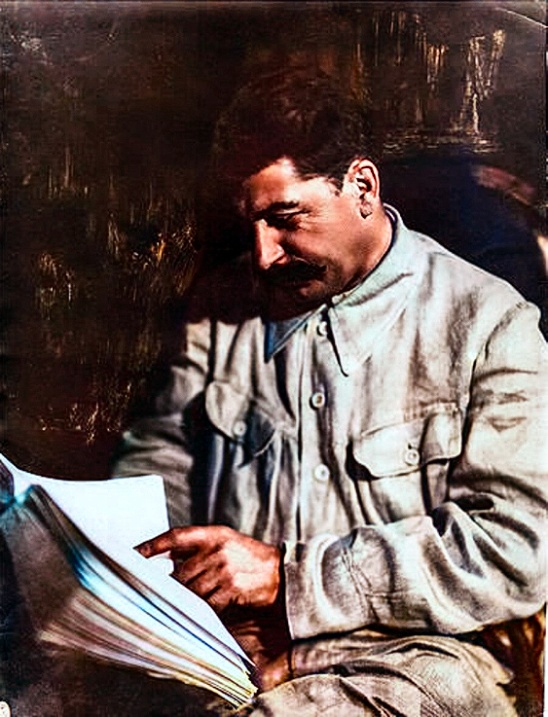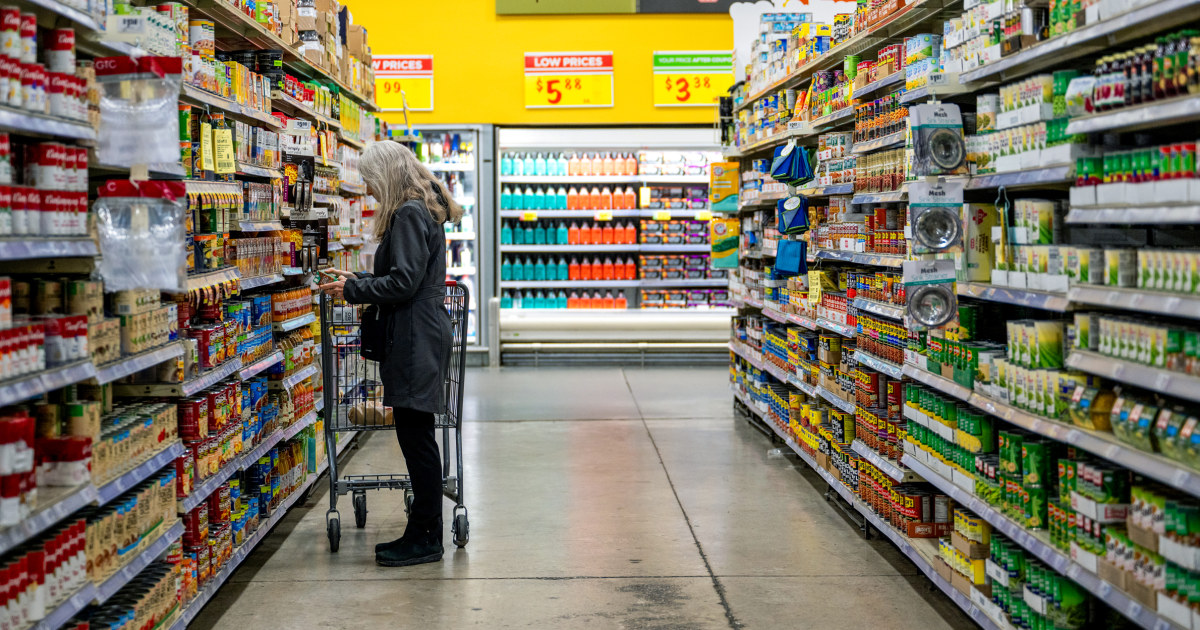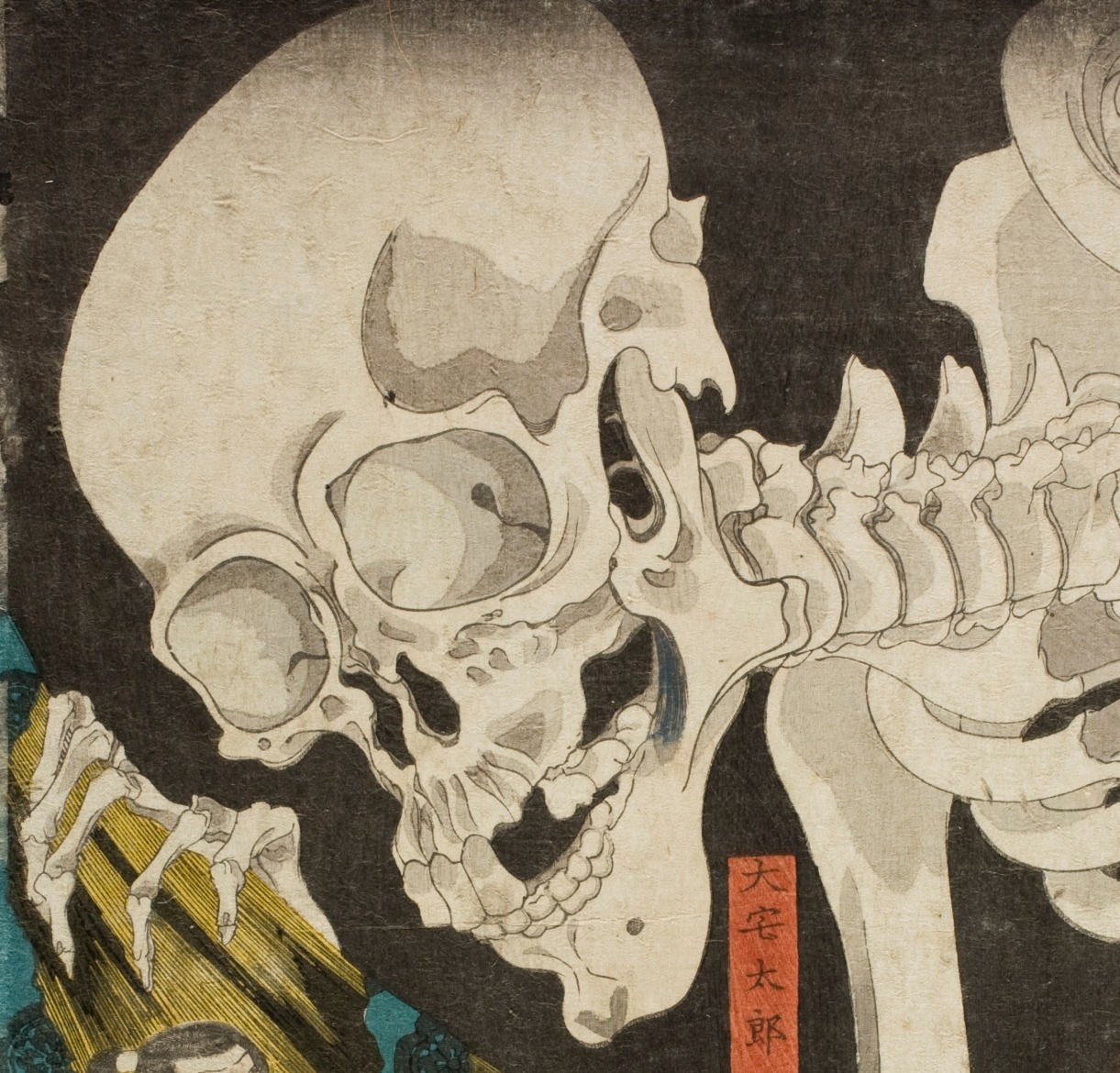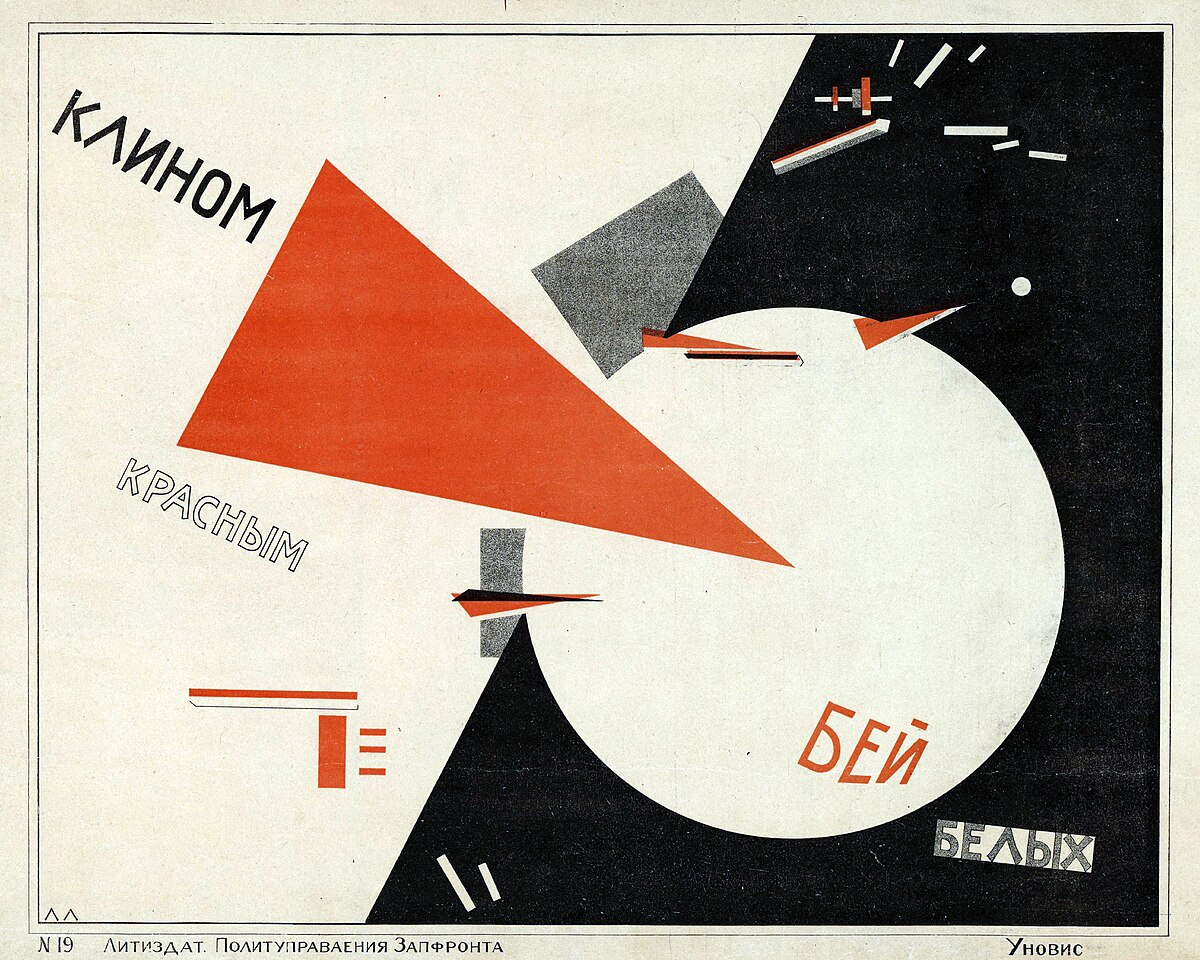First it was “go into massive debt to afford a house”
Then it was “go into massive debt to afford a car”
Then it was “go into massive debt to afford education (read: glorified job training)”
Now we’ve reached “go into massive debt to afford food”And people said Marx was wrong and that capitalism would never fail.
Nothing says good economy like literally everything being purchased with debt.
 : “What if we turned LIVING into a luxury for the rich? How can I enjoy even breathing without the satisfaction of it being a status symbol!”
: “What if we turned LIVING into a luxury for the rich? How can I enjoy even breathing without the satisfaction of it being a status symbol!”I don’t care if they’re the “rightful owners” anymore. These dipshits are spiteful manchildren and have no right making the rules.
You’ll own nothing and you’ll be happy.
https://investors.affirm.com/shareholder-services/investor-faqs
2. What is Affirm’s revenue model and how does it make money?
- We sell a portion of the assets originated in our platform to third-party investors and recognize a gain or loss on the sale of these loans.
5. How does Affirm fund the loans it underwrites?
We have forward-flow agreements that facilitate the sale of whole loans to counterparties.
Can anybody figure out who is buying these from Affirm? I bet that’s the next Lehman Brothers.
Holy shit lmao
2008 as farce you say
People who are so poor they have to borrow money just to eat have lots of assets to seize, right?
this is good for GDP

all but the most indoctrinated will raid before they starve
Reminds me of the propaganda of the communist leaders looking at an American grocery store and the massive amounts of food, how if their citizens saw it they would give up communism or some BS. The one thing we supposedly have going for us more and more people can’t even afford, the little treats.
It’s a pretty common cultural shock story, but it has to do with the fundamentals of how the American and Soviet economies were organized. The Soviet economy projected demand and sent exactly the amount of food they expected to need to a grocery store, which meant that the people shopping there all naturally adapted to the rhythm of showing up on the day things were delivered and getting in line to get the first pick, while in America it became commonplace for grocers to overstock and throw out excess because there’s a psychological effect that makes people buy more when they see more. You can guess which one is far more wasteful and doesn’t really result in a better outcome for anyone beyond being able to say “look at this decadent cornucopia!”
so many/most/all of those “starvation bread lines” were actually just “people lining up to get the freshest bread lines”?
Not so much lines for bread but more special items that ran out quickly, the USSR had plenty of bread and sausage coming out of state-owned bakeries on the cheap. Complaints about shortages were about things they mostly had to trade for like sugar, fruit, coffee, chocolate (the Cuban revolution was a godsend for the Soviets in that regard). Even then the lines were for the cheap subsidized versions of those products in the normal grocery stores. most of the time these were still available in special foreign imports stores, but obviously these were more expensive.
And liberals will hold up “fill the shelves with tropical fruit by maintaining impoverished fascist neocolonies in the Caribbean” as the superior system because they do not give a single solitary shit about anyone outside the imperial core.
After WW2 at least, yeah.
Also underappreciated is that the worst non-war-related shortages experienced in the USSR happened under Gorbachev and were a direct result of his first privatization reforms.
I thought his privatizations were in response to shortages. Or was it just to get the US off their back?
There were no major shortages prior to Perestroika. There was slower economic growth as a result of the oil crisis of the 1970s, but otherwise the economy of the socialist bloc was doing fine pretty much until the USSR decided to liberalize. They did this primarily for ideological reasons, not material ones. Then everything became severely fucked up and this had downstream effects on other socialist countries, where you had the dual shock of losing the strong economic anchor of the USSR coupled with their own liberalization reforms inspired by the ideological movement for liberal reform that was emanating from the USSR, which then destroyed the basis of their socialist economies. Even countries such as Romania, which did not liberalize and which was doing very well up until the 1980s with some pretty incredible growth, had the rug pulled out from under them when the USSR started wrecking its own economy and abandoning its allies, and this forced Romania to go into austerity to repay IMF loans which in turn created the shortages.
Silly Soviets, lining up for resources that have no business being rare treasures.
Now if you’ll excuse me, I need to scour up linkedin for any job opportunities and make sure I’m among the first 100 applicants on the first day. You know how competitive the job market is these days!
But apparently “raising wages” is just too much, better not risk it.
“But poor porky would be soo distraught about having to spend money he’d raise prices in a big economic tantrum! Now work for free while prices climb, or prices will climb!”
finally I can finance deez nutz
something something mesopotamia temple complex fascism
context:
From quite early, then, the Temple administrators developed the habit of advancing goods to local merchants – some of them private, others themselves Temple functionaries – who would then go off and sell it overseas… Before long, we find not only commercial loans, but also consumer loans – usury in the classical sense of the term. By c. 2400 BCE it already appears to have been common practice on the part of local officials, or wealthy merchants, to advance loans to peasants who were in financial trouble on collateral and begin to appropriate their possessions if they were unable to pay…
We have already had occasion to note the predominance of credit money in Mesopotamia, the earliest urban civilization that we know about. In the great temple and palace complexes, not only did money serve largely as an accounting measure rather than physically changing hands, merchants and tradespeople developed credit arrangements of their own. Most of these took the physical form of clay tablets, inscribed with some obligation of future payment, that were then sealed inside clay envelopes and marked with the borrower’s seal. The creditor would keep the envelope as a surety, and it would be broken on repayment. In some times or places, at least, these bullae appear to have become what we would now call negotiable instruments, since the table inside did not simply record a promise to pay the original lender, but was designated “to the bearer” – in other words, a tablet recording a debt of five shekels of silver (at prevailing rates of interest) could circulate as the equivalent of a five-shekel promissory note – that is, as money.
– Graeber, Debt
Totally normal country
















